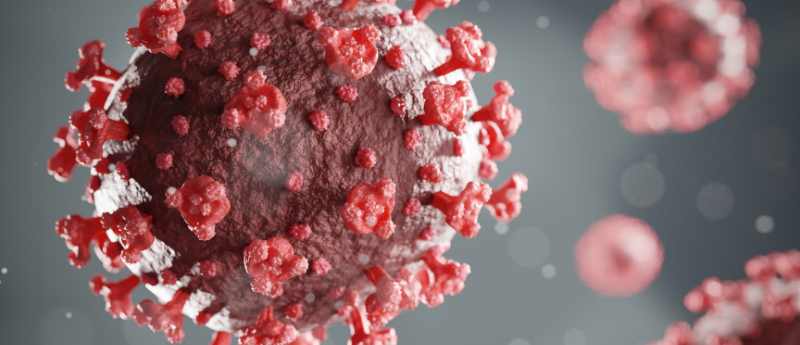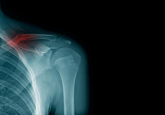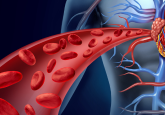The role of artificial intelligence in tackling COVID-19

Future Virology, our partnered journal, has recently published a Commentary discussing the application of artificial intelligence tools in COVID-19 disease prevention and management. Artificial intelligence can be utilized to predict and track cases and outbreaks, diagnose COVID-19 cases, develop treatments and vaccines and reduce burdens on medical staff, and will be useful in future outbreaks.
Introduction
The past two decades were marked with the outbreaks of many viral diseases such as Chikungunya, Ebola, Zika, Nipah, H7N9 Bird flu, H1N1, SARS and MERS. The world woke up to this decade with a new disease outbreak. An outbreak of a novel Coronavirus emerged in Wuhan city in the Hubei province of China in December 2019. Most of the initially identified patients were traced back to the ‘wet market’ where live animals are slaughtered and sold. The market might have played a role as an amplification hotspot from where the virus spread to other parts of China and subsequently to 213 countries and territories in a very short time. The WHO named this disease ‘COVID-19’, which is an acronym of Coronavirus Disease 2019 on 11 February 2020. As of 17 August 2020, a total of 21.2 million confirmed cases and 761,000 deaths have been reported globally [1]. The worst outbreaks of COVID-19 are reported in the USA, India, Brazil and Russia where the number of cases has surpassed the confirmed cases in China. The WHO declared the current outbreak of COVID-19 a ‘Public Health Emergency of International Concern’ on 30 January 2020 and a ‘pandemic’ on 11 March 2020.
Although the fatality rate of severe acute respiratory syndrome coronavirus 2 (SARS-CoV-2; 2.9%) is much less compared with SARS-CoV (9.6%) and MERS-CoV (34.4%), the high infectivity rate of SARS-CoV-2 compared with other coronaviruses has become a global concern. Mortality and vulnerability to COVID-19 were found to be higher in males compared with females, which could be attributed to other gendered practices such as smoking [2]. The fatality rate of COVID-19 varied with an age gradient and it was also influenced by underlying co-morbidity, in other words, conditions such as diabetes, hypertension, cancer, cardiovascular diseases and chronic respiratory disease [3–5]. Vertical transmission of COVID-19 infection from mother to baby was not observed [6]. Children are vulnerable to COVID-19 but tend to show only mild symptoms [7].





